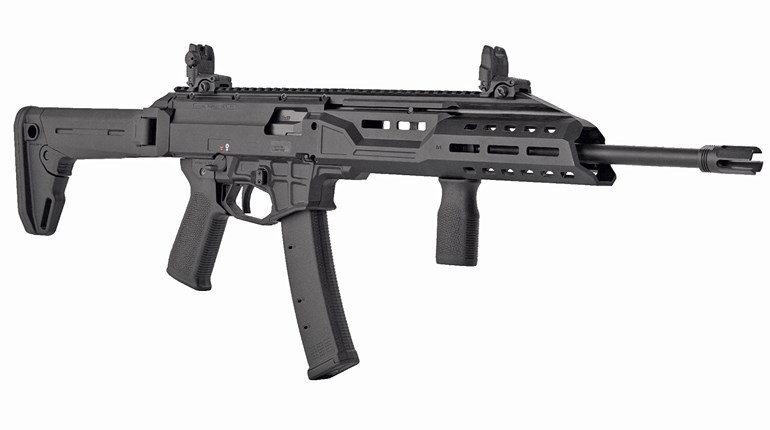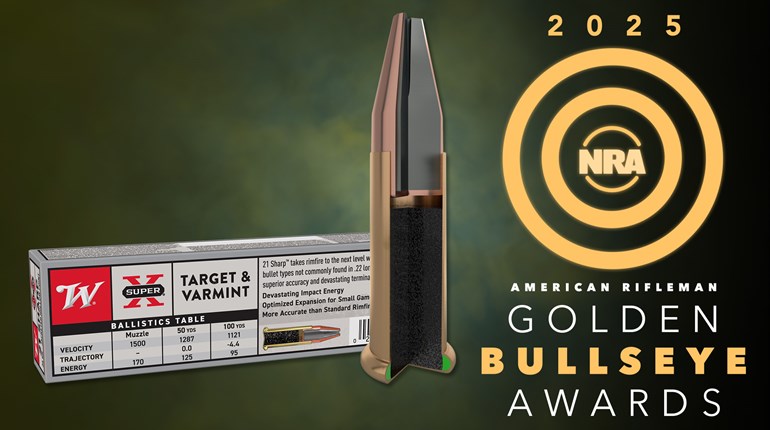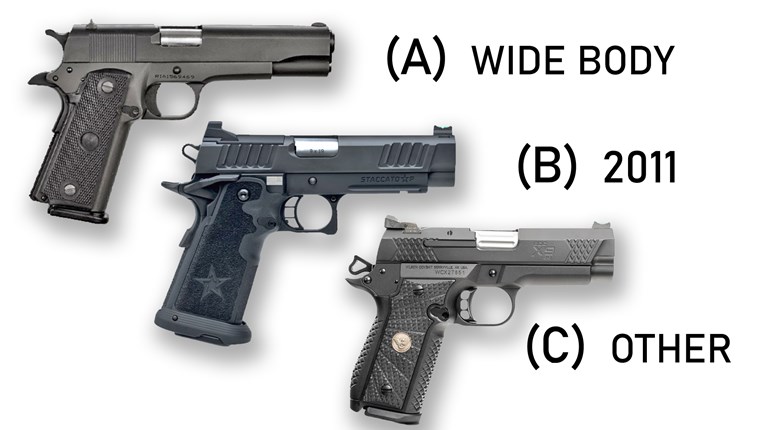
It is my observation that a lot of folks who are getting their concealed-carry licenses have not had very much, if any, first-hand experience with violent crime. They are, however, smart enough to know violent crimes can impact anyone and are to be commended for realizing that their safety is their own responsibility. Trying to learn something about what to expect, they read various magazines, visit Internet forums and blog sites, and even watch a few action movies.
What they quickly find is that defensive advice is all over the map. Some "authorities" are telling them that a simple double-action revolver will do just fine. Others seem to suggest that one should be outfitted at least as well as Navy SEAL teams and it is imperative that one have a couple hundred rounds of ammunition at hand at all times. What happens is that many entry-level defensive shooters quickly become confused. But, fear not, I have a relatively simple, and relatively inexpensive, solution for you to consider.
The first step is to sit down and really study the various stories that appear in the Armed Citizen each month in your copies of American Rifleman and American Hunter (you are an NRA member, aren't you?). Study the various incidents to see how and where the citizen was approached by the criminals. Pay attention to what kind of guns were involved and how many rounds of ammunition were expended. Also, get a copy of "Thank God I Had A Gun", by Chris Bird and study the incidents that Mr. Bird relates. The vast majority of people in all of these sources are just regular folks who survived a deadly attack. It is also of some value to study the criminal attacks that are reported in your local newspapers.
Several defensive factors quickly become apparent. The farther a person is from a defensive firearm, when and where the attack occurs, the less likely he is to successfully deal with the attack. One might also notice that accuracy is often the most important factor in stopping the assault. And you just won't find many reports at all of the armed citizen having to perform a reload during one of these attacks. The situation is nearly always resolved, one way or another, with the ammo they have in their guns.
What is quickly apparent is the importance of having the defensive handgun close at hand, of practicing a defensive awareness as much as possible, making use of cover, and practicing until you can draw smoothly and make those first few shots count. Take these sources that I have suggested and don't just read them, study them. Even better, discuss each incident with your family members and use it to develop your own, realistic, personal defense plan.




































